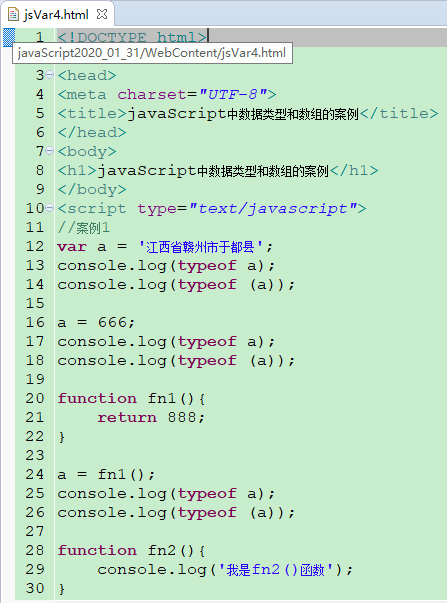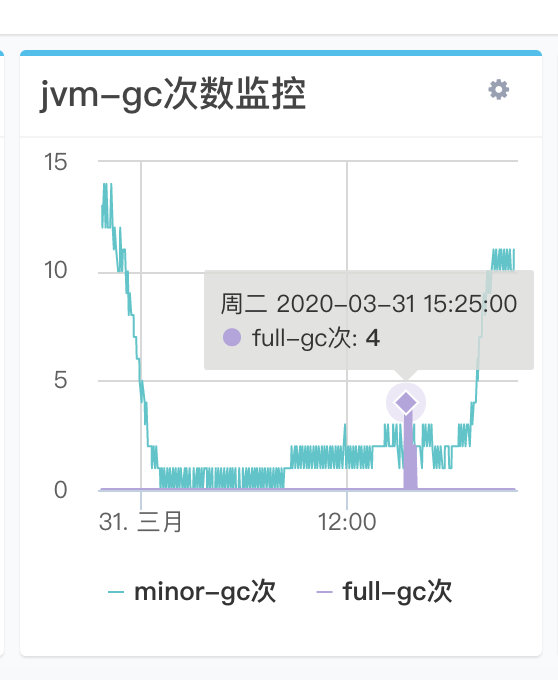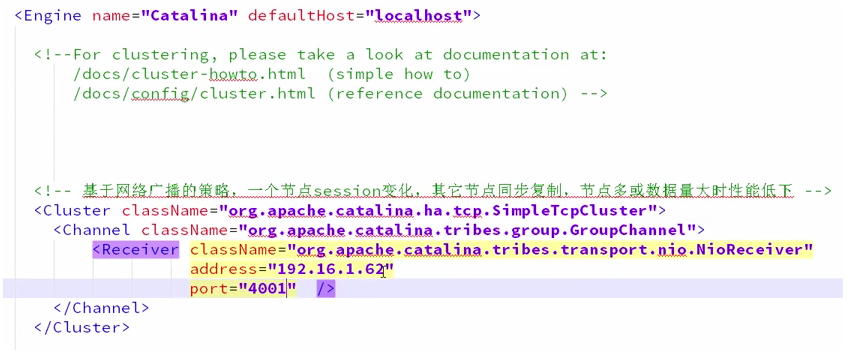Java实现二叉树的递归和非递归遍历
点击进入尚硅谷数据结构和算法Java代码导航
1.1 递归前序遍历
//递归前序遍历public void preOrderRec(Node temp) {if(temp == null) {System.out.println("BinaryTree is empty.");}else {System.out.print(temp.data + " ");if(temp.left != null) {preOrderRec(temp.left);}if(temp.right != null) {preOrderRec(temp.right);}}}
1.2 非递归前序遍历算法一
算法思路:先遍历到二叉树的最左边的子节点,过程中同时打印数据被遍历的子节点并将其压栈,到末尾时依次出栈遍历右子节点。该方法将子二叉树的根节点压栈,利用根节点寻找它的右子节点。
//非递归前序遍历算法一,压栈的是每个二叉子树的根节点,利用这个根节点来找右子节点public void preOrderNotRec2() {Node temp = root;Stack<Node> stack = new Stack<Node>();while(!stack.isEmpty() || temp != null) {if(temp != null) {System.out.print( temp.data + " ");stack.push(temp);temp = temp.left;}else {temp = stack.pop();temp = temp.right;}}}
1.3 非递归前序遍历算法二
算法思路:
1,将根节点压栈。
2,从栈顶弹出节点,记为temp,打印temp数据,然后再将temp的右子节点和左子节点分别入栈。
3,重复步骤2直至栈空。
该算法与算法一不同之处是栈里存储的是每个子二叉树的右子节点,而不是根节点。
//非递归前序遍历算法一,压栈的是右子节点,public void preOrderNotRec1() {Node temp = root;Stack<Node> stack = new Stack<Node>();stack.push(temp);while(!stack.isEmpty()) {temp = stack.pop();System.out.print( temp.data + " ");if(temp.right != null) {stack.push(temp.right);}if(temp.left != null) {stack.push(temp.left);}}}
2.1 递归中序遍历
//递归中序遍历public void inOrderRec(Node temp) {if(temp == null) {System.out.println("BinaryTree is empty.");}else {if(temp.left != null) {inOrderRec(temp.left);}System.out.print(temp.data + " ");if(temp.right != null) {inOrderRec(temp.right);}}}
2.2 非递归中序遍历
和非递归前序遍历算法一类似,只是输出数据的位置不同。
//非递归中序遍历public void inOrderNotRec() {Stack<Node> stack = new Stack<Node>();Node temp = root;while(!stack.isEmpty() || temp != null) {if(temp != null) {stack.push(temp);temp = temp.left;}else {temp = stack.pop();System.out.print(temp.data + " ");temp = temp.right;}}}
3.1 递归后序遍历
//递归后序遍历public void postOrderRec(Node temp) {if(temp == null) {System.out.println("BinaryTree is empty.");}else {if(temp.left != null) {postOrderRec(temp.left);}if(temp.right != null) {postOrderRec(temp.right);}System.out.print(temp.data + " ");}}
3.2 非递归后序遍历算法一
算法思路:后序遍历的难点在于需要判断是从左子树返回还是从右子树返回。若从左子树返回则先遍历右子树,若从右子树返回直接输出。因此我们用里一个栈记录是从左子树返回还是从右子树返回。
具体思路参考:https://www.bilibili.com/video/av23885544
//非递归后序遍历算法一public void postOrderNotRec2() {Stack<Node> s1 = new Stack<Node>();//用另一个栈记录是从左子树返回还是从右子树返回Stack<Boolean> s2 = new Stack<Boolean>();Node temp = root;boolean flag;while(!s1.isEmpty() || temp != null) {if(temp != null) {s1.push(temp);s2.push(false);temp = temp.left;}else {temp = s1.pop();flag = s2.pop();//false代表从左子树返回,此时需要先到右子树,并将tag改为trueif(!flag) {s1.push(temp);s2.push(true);temp = temp.right;}else {//从右子树返回说明该节点的左右子树的遍历过了,直接输出System.out.print(temp.data + " ");//此时temp位于子二叉树的根节点,不为空,将其手动置空,否则出现死循环temp = null;}}}}
3.3 非递归后序遍历算法二
非常巧妙,也是用两个栈。
算法思路:
1,将根节点压入栈s1。
2,从s1中弹出节点记为temp,并将temp压入栈s2。然后将temp的左子节点和右子节点分别入栈。
3,重复步骤2直至栈s1为空。
4,从栈s2中取出数据并打印,打印的顺序就是后序遍历的顺序。
//非递归后序遍历算法二public void postOrderNotRec1() {Stack<Node> s1 = new Stack<Node>();Stack<Node> s2 = new Stack<Node>();Node temp = root;s1.push(temp);while(!s1.isEmpty()) {temp = s1.pop();s2.push(temp);if(temp.left != null) {s1.push(temp.left);}if(temp.right != null) {s1.push(temp.right);}}while(!s2.isEmpty()) {System.out.print(s2.pop().data + " ");}}
4 层次遍历
//层次遍历public void levelOrder() {ArrayDeque<Node> quene = new ArrayDeque<Node>();Node temp = this.root;quene.add(temp);while(!quene.isEmpty()) {temp = quene.poll();System.out.print(temp.data + " ");if(temp.left != null) {quene.add(temp.left);}if(temp.right != null) {quene.add(temp.right);}}}



































还没有评论,来说两句吧...